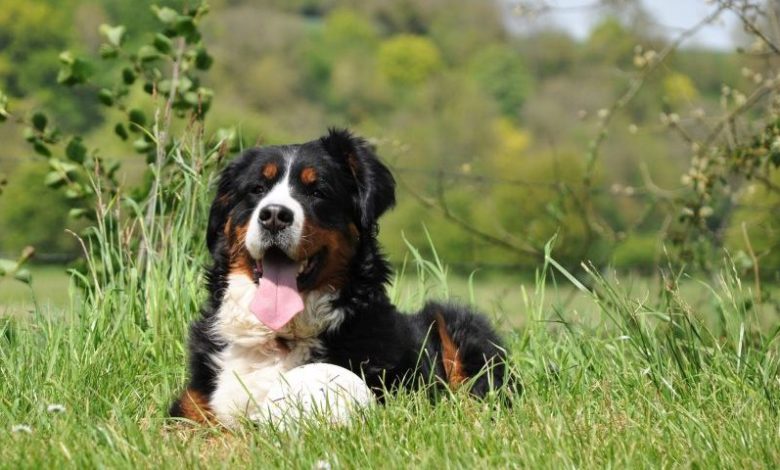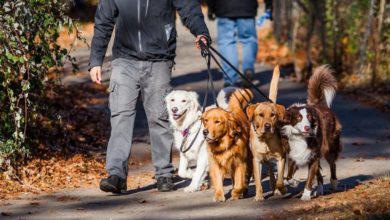UK dog ownership continues to decline

Register to get 1 free article
Reveal the article below by registering for our email newsletter.
Want unlimited access? View Plans
Already have an account? Sign in
The total dog population decreased by 2 percent since 2012 with a projected higher decline until 2022, according to Euromonitor.
The ownership of larger dogs also declined by 7 percent in UK and small breeds grew by 2 percent.
In addition, both cat and small mammal populations grew by 1 percent in 2016.
Cats, gerbils, hamsters, rabbits or guinea pigs are gaining in popularity in the UK due to its smaller size and socioeconomic factors such as the fact that while rural households have not witnessed remarkable growth since 2011, urban households have grown by 5 percent to represent an 83 percent share overall in 2016.
The Office from National Statistics (ONS) has stated that the number of first-time buyers has decreased from 600,000 in the year 2000 to half of this figure in 2015, alongside a year-on-year price rise of 7 percent since 1980.
Euromonitor pet care analyst comments, “There is no single reason behind this trend but a combination of different factors which year-on-year are making it increasingly difficult to own a dog – especially a large one – in the UK.
“In addition to the fact that owning a large dog in a small flat is more difficult that it is in a big house due to the needs of the animal in terms of space and daily activity, Britain’s young adults are experiencing and are expected to continue experiencing difficulties regarding the housing market over the next decade.
“According to different studies, in the next 10 years, approximately only 25% of the population between the ages of 20 and 40 years will own or be in the process of buying a house, which has a direct link with dog ownership, making it much less likely than previous periods when British consumers found it easier to become house owners.
“This is likely to favour the trend that was witnessed over the review period, with cats and small mammals experiencing growth and dogs experiencing a decline in ownership.”







